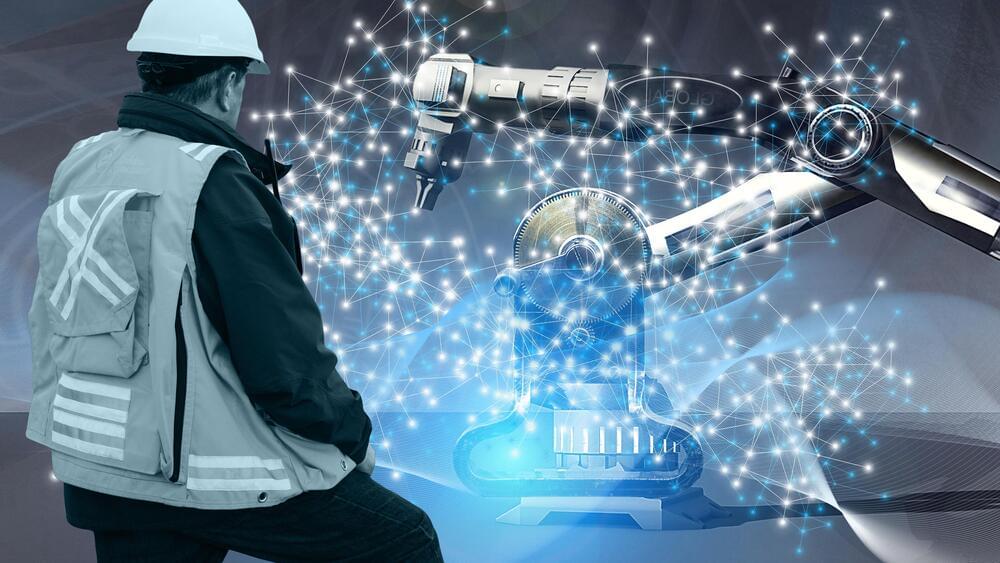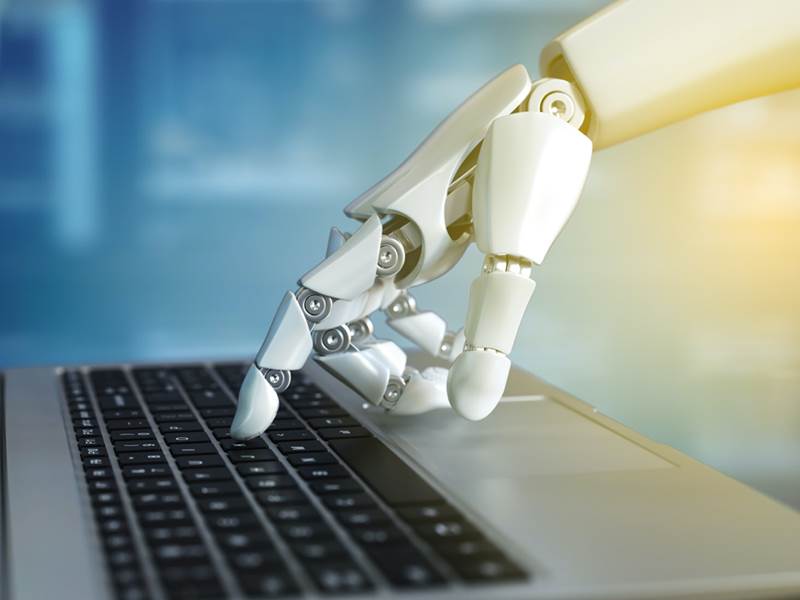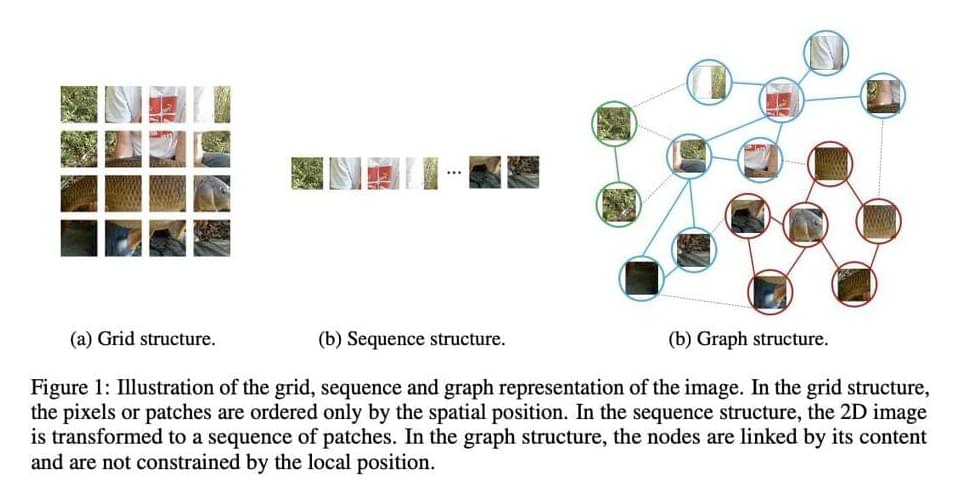Galicia é, segundo os autores da antigüidade, unha das primeiras sociedades matriarcais.
do mundo. AI-LALELO é unha homenaxe ás mulleres que ergueron o país e conseguiron.
manter a nosa tradición, lingua e cultura propias ata hoxe. Raíz e modernidade fúndense.
nun novo son, unha canción baseada nas típicas cantigas tradicionais galegas pero cunha.
pinga futurista grazas á intelixencia artificial e cunha mensaxe valiosa para as vindeiras.
xeracións: Soamente nós podemos conseguir que a nosa identidade como pobo siga.
viva.
Proxecto/Project:
Ana María Prieto.
Dirixido por/directed by:
Joel Cava.
Producido por/produced by:
Juan Alonso.
Sofía Oriana.
Xandre Outeiro.
David Santos.
Marta Verde.
Agradecementos/thanks to:
Ana Codesido.
Ángel Faraldo.
Marcos García.
Camille Hédouin (Mounqup)
Carmen Magariños.
Xavier Núñez.
Mónica de Nut.
Eva Outeiro.
Xabier Sarasola.
volaivai.com.
Unha iniciativa de Cecubo Group.





